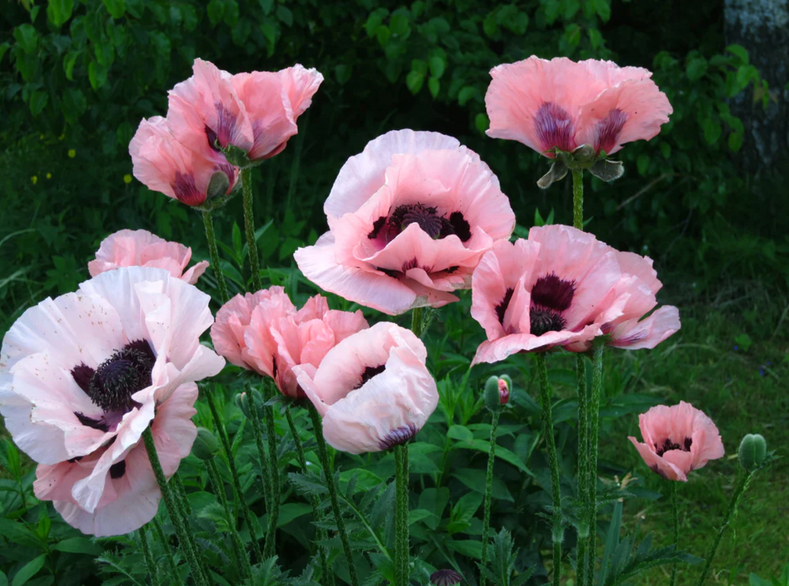Growing Papaver, particularly the Oriental Poppy, from bare roots is a rewarding endeavor for gardeners. These plants are known for their large, showy flowers and can add a vibrant splash of color to your garden. Here are the steps and tips to successfully grow Oriental Poppies from bare roots:
1. Choose the Right Time
- Planting Time: The best time to plant bare root Oriental Poppies is in early spring or fall. They need a period of dormancy and cooler temperatures to establish.
2. Select a Suitable Location
- Sunlight: Choose a location that receives full sun. Oriental Poppies thrive in at least 6 hours of direct sunlight daily.
- Soil: They prefer well-draining soil. Amend heavy clay soils with compost or sand to improve drainage.
3. Prepare the Planting Site
- Soil Preparation: Loosen the soil to a depth of about 12-15 inches and mix in compost or well-rotted manure. This will help improve soil fertility and drainage.
- Spacing: Space the roots about 18-24 inches apart to give each plant enough room to grow.
4. Planting the Bare Roots
- Planting Depth: Plant the bare roots so that the crown (the point where roots meet stem) is just below the soil surface, about 1-2 inches deep.
- Orientation: Spread the roots outwards in the hole and cover them with soil gently. Make sure the crown is not planted too deep, as this can cause rot.
5. Watering
- Initial Watering: Water thoroughly after planting to settle the soil around the roots.
- Ongoing Watering: Keep the soil evenly moist but not waterlogged. Once established, Oriental Poppies are somewhat drought tolerant.
6. Mulching and Fertilizing
- Mulch: Apply a layer of organic mulch around the plants to conserve moisture and suppress weeds.
- Fertilizer: Use a balanced, slow-release fertilizer in the spring. Avoid high-nitrogen fertilizers, as they can promote foliage at the expense of flowers.
7. Aftercare
- Deadheading: Remove spent flowers to encourage more blooms and prevent self-seeding, if desired.
- Winter Care: In colder regions, a light mulch in winter can protect the roots.

